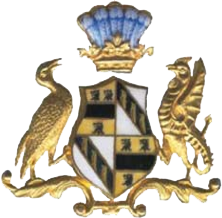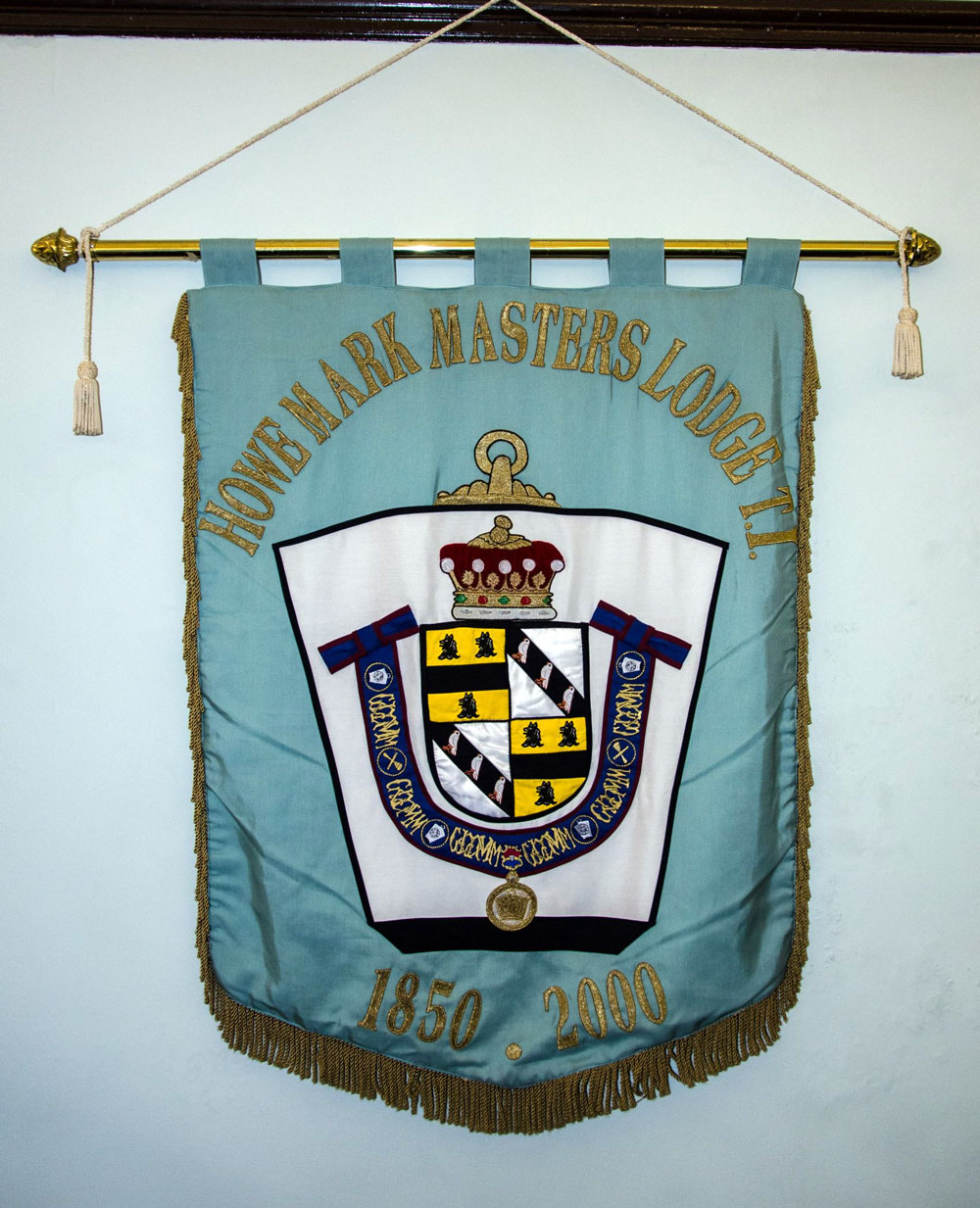Mark Masonry
Mark Master Masonry
The Degree of Mark Master Mason is open to all Master Masons. The ceremony, in which a Brother is ‘advanced’, can be said to comprise two Degrees; the first in which he is acknowledged as a Mark Man, followed by the second where he becomes a Mark Master Mason. The Mark referred to in its title takes its name from the mark or symbol with which the stonemason identified his work and can still be found in many cathedrals and important buildings.
Much use is made of Holy Writ to instruct the Candidate and Brethren in the story which serves to teach that the real message is one of contemplation of human strengths and weaknesses. In chronological terms the Degree follows that of the Second Degree in Craft masonry. There is reputedly some evidence that the Degree is 400 years old but the earliest English records stem from 1769 when it was first worked in Chapter of Friendship, Royal Arch Chapter No. 257 (formerly No. 3) in Portsmouth. However, a minute book dated 1599 of the Lodge of Edinburgh states that several speculative brethren had appended their marks after their names.
The first meeting of the Grand Lodge of Mark Master Masons was held on Monday, 23 June 1856.
The ordinary members’ regalia comprises an apron and breast jewel. The apron is of white kid with a triangular flap bordered with a two inch ribbon of light blue with crimson edges. It has rosettes of the same colour whilst Masters and Past Masters have the rosettes replaced with silver levels. The jewel of the order is a key stone appended to a ribbon which matches the apron and bears a mallet & chisel which are the tools of the Order. The key stone, which bears certain characters, forms an integral part of the ceremony.

